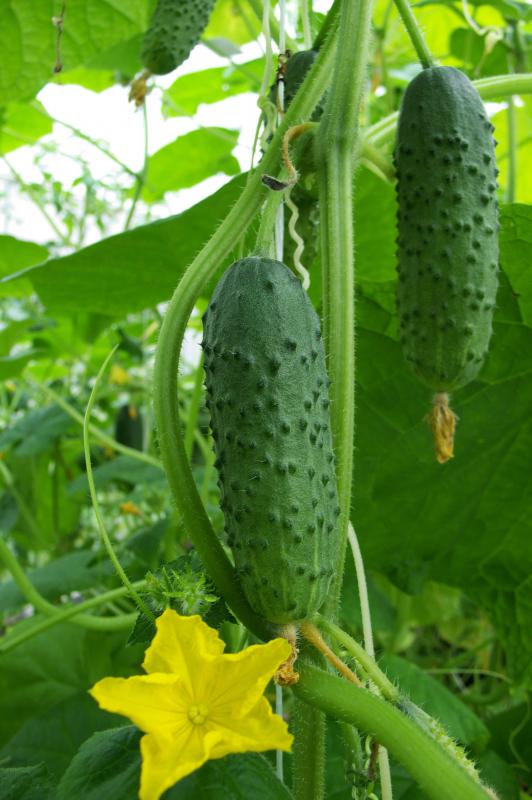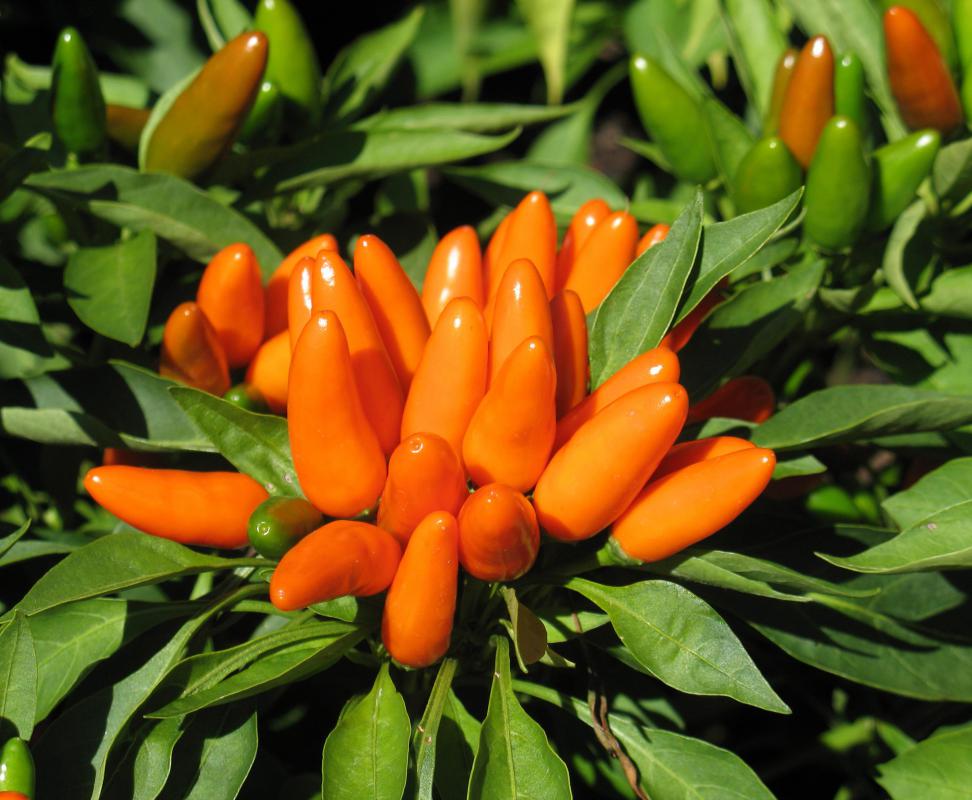At WiseGEEK, we're committed to delivering accurate, trustworthy information. Our expert-authored content is rigorously fact-checked and sourced from credible authorities. Discover how we uphold the highest standards in providing you with reliable knowledge.
What is Botrytis?
Botrytis refers to several species of fungus that can either destroy the appearance of flowers or wreck fruit and vegetable crops. Though the fungus doesn’t affect the roots of a plant, it may cause silvery gray mold or other decay to occur on the fruit, leaves, stems or blooms of a plant, and it may greatly lower aesthetic quality or make some things unfit to eat. Botrytis infections most commonly begin in spring, particularly when certain weather conditions are present.
Like may types of fungi, botrytis fungus favors wet or humid weather. For those who are growing early spring crops of vegetables or ornamental flowers, a few rainy days in spring may cause the appearance of grey, silvery or brown spots on leaves, stems and buds. Alternately, some plants develop black spots when infected with certain types of botrytis.

Actually where a plant is most affected by botrytis may depend on the plant. For instance, onions may be subject to browning leaves and decay of fruit, snapdragons are most likely to have new shoots that blight, and blights on flowers might occur on plants like sunflowers, roses, and geraniums. These are only a few examples, and gardeners know that any sign of sickliness in a plant should be investigated further so that healthfulness of the plant can be restored if possible.

In vegetables, those most commonly affected by botrytis, include beans, melons and cucumbers, eggplants, onions, peppers, berries, and grapes. Interestingly enough, some wine growers strive to get the fungus to grown on certain grapes, just as much as they attempt to avoid its growth on others. Several types of late harvest wines are celebrated for their sweetness because the grower has induced botrytis, which is then called noble rot, during the growing process. Many Sauternes, late harvest Rieslings, and late harvest gewürztraminers are grown in this fashion. Yet growers must avoid the rot spreading to other types of grapes in order to protect the rest of a wine harvest.
There are numerous ways that botrytis may be controlled. First any dead plant matter from the previous year that contains black spots needs to be trimmed away from a plant and thrown away. Watering at root level instead of above the plant can help keep mold from developing. There are several fungicide sprays that can kill fungus spores and these may be helpful too. Some are organic or considered safer, and some organic gardeners swear by the sprayed application of milk to kill mildew. With cutting and watching of the plants in early spring, sprays might not be necessary, but on a commercial scale, this would involve so much work that fungicides are routinely used instead.
AS FEATURED ON:
AS FEATURED ON:












Discuss this Article
Post your comments